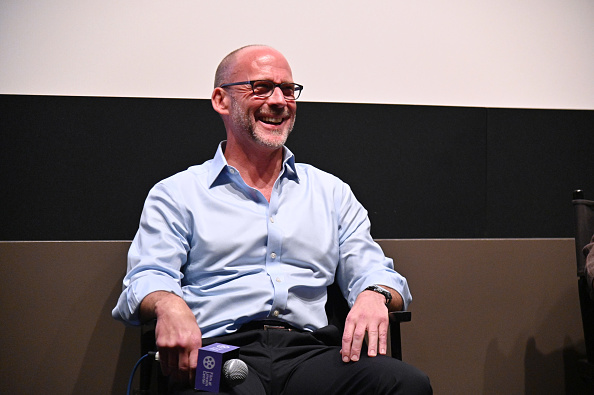In January of 2020, I finally got to travel to New York for the first time. For years, I wanted to escape from the tropical heat and immerse myself in the cold, concrete jungle that is Manhattan. Numerous books revealed to me the beauty behind the Winter skyline and the magnificent culture that represents the city.
Life, New York, and Covid-19
The Pandemic had not hit New York at that point in time. I found myself enjoying the usual practices that now look faraway in the memories of many New Yorkers: the crowded subways; the diversity of restaurants; the exploration of legendary bookstores; the out-of-nowhere chats with strangers… All these components made my three-day trip memorable. In a way, reading and observing the photos in Bill Hayes‘s new book, How We Live Now, is a nostalgic trip to those times and a sad reminder about the impact of the current pandemic.
Hayes moved from San Francisco to New York in 2009 after the sudden death of his partner. He fell in love with the city and with one of its greatest residents, the late neurologist, and writer, Oliver Sacks. In his 2017 memoir, Insomniac City, Hayes gave the reader a tour of his new life in New York. He presented quick bits of thoughts (following the advice of Oliver), commonly talking to strangers, and getting lost in the subway. Although splendid in the use of photos to accompany the reading, the book finished with a saddening moment. Oliver, who finally broke the chains of his self-imposed celibacy and had come out as homosexual, died of cancer in his apartment in New York at the age of 82. Hayes, who presented the late neurologist in the most intimate environment, was left once again alone in a vibrant city.
In a way, his new work is a follow-up to his life in the concrete jungle. The account starts in a lonely atmosphere, as Hayes is trying to adjust to a life without Oliver. We see him enjoying the holidays alone and sometimes, with a new partner. But, as the pandemic progresses, we see a transition in him that brings out an adventurous spirit in moments of solace. Keep in mind that he’s been busy, writing books and presenting collections of photography. And yet, the reader will find him/herself wanting to console him and invite him to a gathering, to make him escape the isolation that now is mandatory.
The power of the book is the transition of a vibrant city like New York getting hit by the Pandemic. The photographs are stunning because it shows how fast and impactful was the first wave of the Covid-19 virus. The city, with its empty streets, bars, and bookstores, seems alien to those who have visited before the pandemic.
Bill Hayes’s Marvelous Vista during the Pandemic
Still, Hayes’s account is splendid. Not because of the great contrast of life before and after the pandemic. But, because of the way New Yorkers kept the composure, even after having the most deaths related to Covid-19 in the United States during Spring. We see anonymous individuals helping mental patients; health workers keeping a good attitude, even after the death of one of their colleagues; strangers communicating in times of extreme isolation. I cannot stress this attitude enough, a quote from Hayes’ book presents it perfectly:
“So if this is how we have to live – with masks and gloves and almost no human contact for several more months – then so be it, this is how we have to live. I want to see what’s on the other of this fucking mountain.”
How We Live now is a firsthand account, through words and pictures, of what is life during the pandemic in the busiest city in the world. It shows that, even when the virus is reaching high levels of deaths and infections, the human spirit will still find a way to crave social interaction and hope. The book is brief but full of impactful imagery and bursts of provocative thoughts that we ourselves have had during these times of crises. Hayes once again proves why we need writers like him, in times like these; that will go into the metropolis during a pandemic and show us that, even if there are no shining lights surrounding Manhattan, New York will still be New York.
* * * * *
A review of Bill Hayes, How We Live Now: Scenes from the Pandemic (Bloomsbury Publishing, 2020).
Main Image:
Embed from Getty Images

